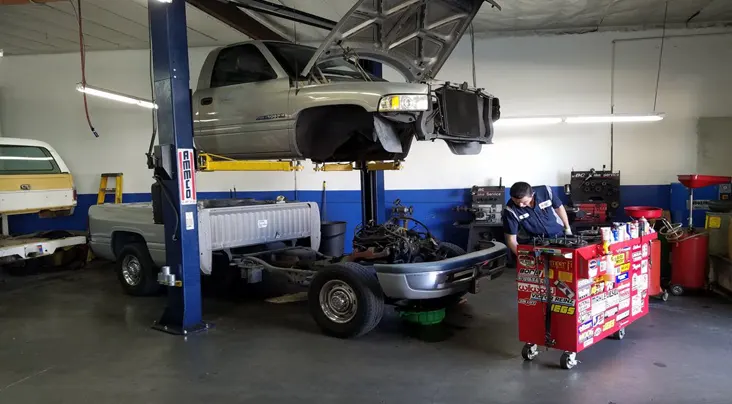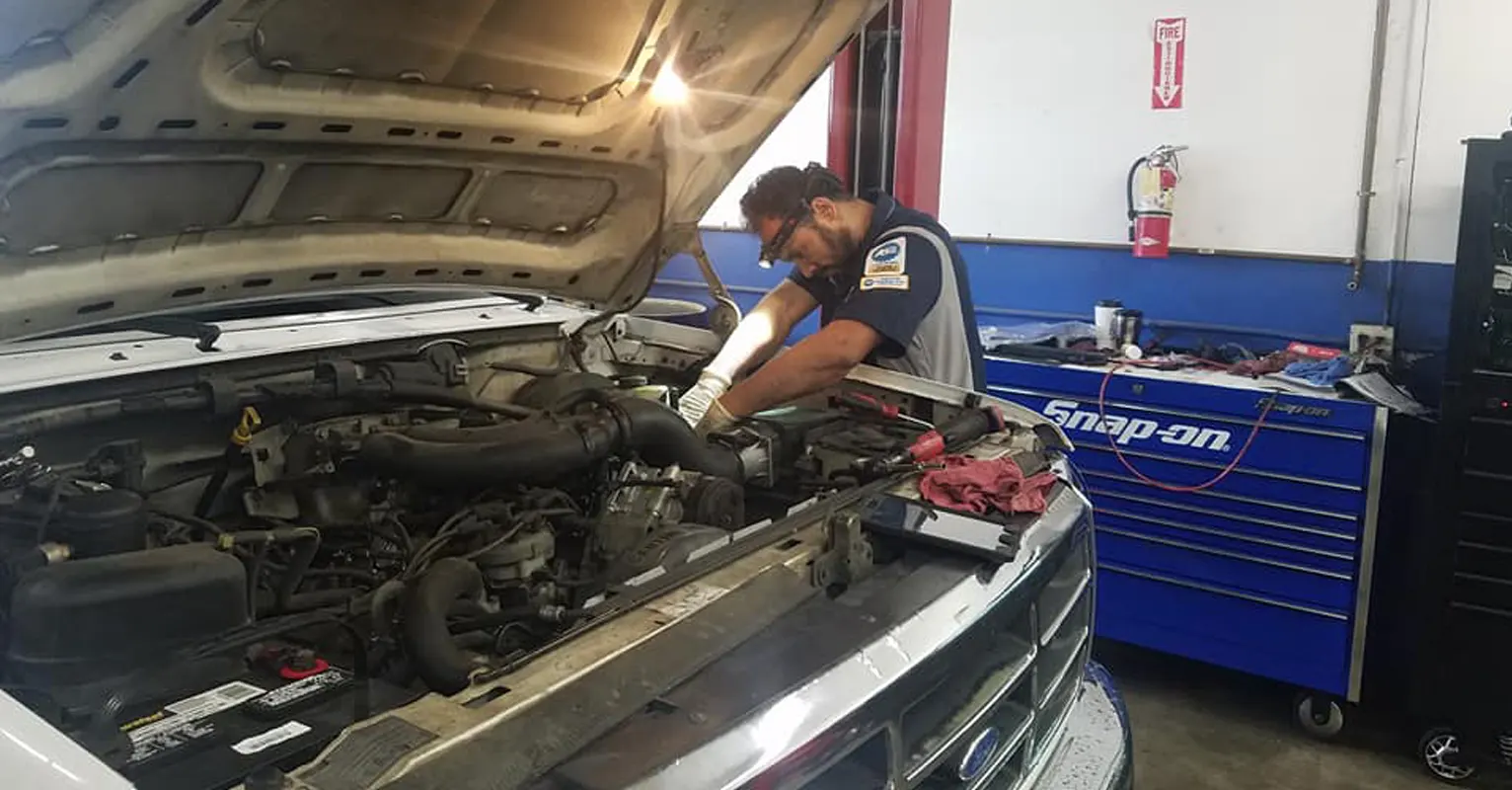
Why You Have an O2 Sensor (Oxygen Sensor)Posted March 16, 2025 3:50 AMIf someone asked you what gas made up the largest portion of the atmosphere, what would you guess? Well, it's not oxygen; it only makes up 20.9 percent. But since we're talking about oxygen, you should know that your vehicle uses oxygen sensors to make sure your engine is running the way it should. The oxygen sensors measure how much oxygen is in your exhaust. If there's too much, it means there's a problem with the mixture of fuel and air. The sensor sends signals to computers in your engine and adjusts the mixture so it maximizes performance and efficiency. It does this constantly. Many vehicles have multiple oxygen sensors. Some have one close to the engine, another close to the muffler. Two measurements are better than one since they allow readings to be more accurate. You may have a vehicle with a dual exhaust, so you'd have twice as many oxygen sensors. Your oxygen sensors can fail. One thing that can damage them is contamination from bad fuel. The sensors can simply wear out, though they usually last a long time. It's not unusual for an oxygen sensor to last 100,000 miles/160,000 km. One more thing that can cause an oxygen sensor to fail is residue from an engine that's burning oil. Plus contaminants from the road like salt can also cause problems. Here are some signs that your oxygen sensors might be failing.
Head to your service facility and tell your advisor what symptoms your vehicle is experiencing. They have the equipment and training to track down the issue. Note that simply replacing the oxygen sensor is often not enough since it doesn't get to the root of the problem; other repairs may be needed. So make sure your oxygen sensors are working the way they should be. Oh, and back to the question of what gas makes up most of the Earth's air? It's nitrogen, which comprises 78 percent of the air we—and our engines—breathe. Star Auto Service & AC | ||
SearchArchiveNovember 2024 (16)December 2024 (5) January 2025 (4) February 2025 (4) March 2025 (5) | CategoriesTPMS (2)Inspection (2)Windshield Wipers (1)Alignment (2)Air Conditioning (2)Safe Driving (1)Service Intervals (1)Exhaust (2)Fluids (2)Drive Train (1)Transmission (2)Cooling System (1)Headlamps (2)Keys to a long lasting vehicle (1)Tires (2)Fuel Economy (1)Maintenance (1)What Customers Should Know (6)PCV Valve (1)Water Pump (1) | |
What Our Customers Say
Car & Truck Care, near Brea, CA
Star Auto Service is hands down the best and I've had a very pleasant and rewarding experience every time i use their services. They are always up front about what's needed, the pricing, and how long it should take and will never try to upsell you for things you don't need. Rob and his team are honest and incredibly knowledgeable so if your car needs anything don't even hesitate to take it to Star, they'll take care of you like you're family.
Read more >~ infamousferrell, 10/11/2024


Star Auto Service & AC
221 Viking AveBrea, CA 92821
Serving Areas
Star Auto Service & AC
221 Viking AveBrea, CA 92821



















